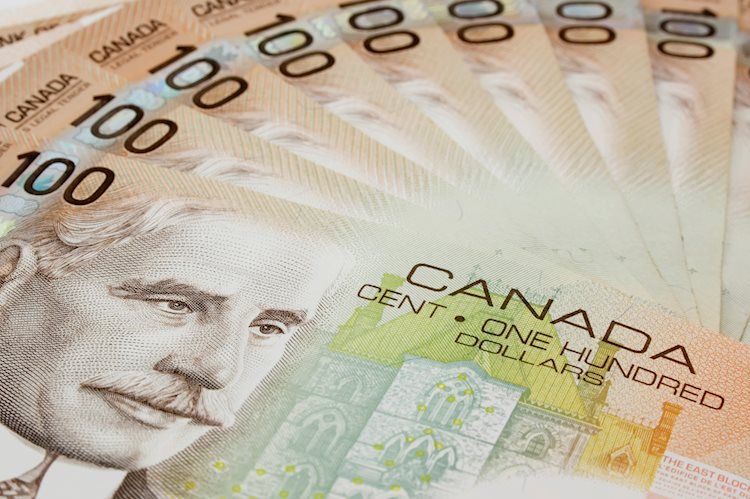The Canadian Dollar (CAD) saw a surge of 0.80% against the US Dollar on Friday as Canada reported an unexpected improvement in core Retail Sales for June. This positive economic news, combined with Federal Reserve (Fed) officials hinting at a rate-cutting cycle, sparked a fresh risk bid and led to a surge in CAD bidding. The CAD is on pace to have its single-best day against the Greenback since mid-2023, making it a strong performer in the forex market.
With Canadian economic figures remaining thin next week, all eyes are on next Friday’s update on Canadian Q2 Gross Domestic Product (GDP) to see if the positive trend continues for the CAD. The Federal Reserve’s announcement of a potential rate cut has caused market sentiment to shift, with investors fully geared for a September rate cut. Currently, markets are betting on the likelihood of a quarter-point trim, with one-in-three odds of a double cut for 50 bps on September 18.
The Canadian Dollar price forecast shows a surge to multi-month highs against the US Dollar, climbing over 0.8% and hitting the 1.3500 level for the first time since early April. The USD/CAD chart has seen a significant decline below the 200-day Exponential Moving Average, indicating that shortselling is prevalent. However, near-term exhaustion may be on the horizon as price action approaches early 2024’s technical congestion zone, suggesting a possible reversal in the coming weeks.
Key factors that influence the Canadian Dollar include the level of interest rates set by the Bank of Canada, the price of Oil, the health of Canada’s economy, inflation rates, and the Trade Balance. The Bank of Canada plays a crucial role in influencing the CAD through interest rate adjustments to maintain inflation levels. Higher interest rates tend to be positive for the CAD, while quantitative easing and tightening can have varying impacts on the currency.
Oil prices have a direct impact on the Canadian Dollar as petroleum is Canada’s primary export. Rising Oil prices tend to increase demand for the CAD, while falling prices can lead to a decline in its value. Additionally, inflation, macroeconomic data releases, and market sentiment all play a role in determining the strength of the Canadian Dollar. A strong economy and positive economic indicators generally contribute to a stronger Canadian Dollar, while weak economic data can lead to a depreciation of the currency.





















